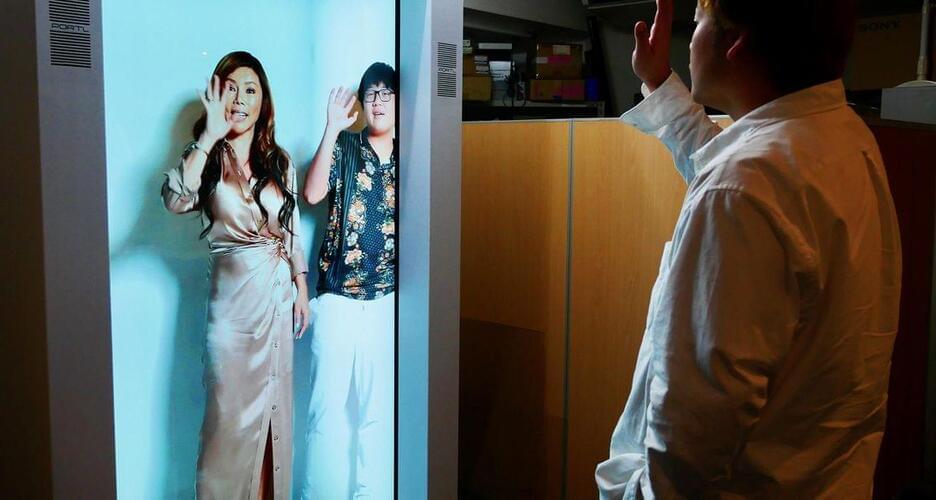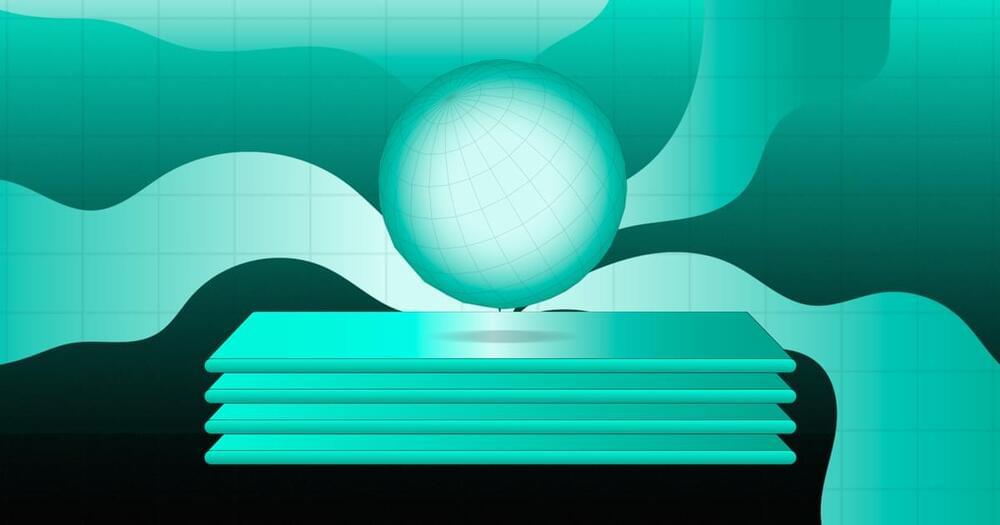Real holograms?
Science fiction has repeatedly promised a future filled with holographic 3D displays, but that fantasy has always eluded reality — until now. A startup says it has created a new “solid light” display that renders photos and videos in three dimensions.
Photography and filmmaking have historically only existed in two dimensions without the aid of specialized headwear and viewing angles, but a new technology developed by Silicon Valley startup Light Field Lab wants to change that. The company has developed what appears to be the first successful 3D holographic display that can provide a true sense of depth to content from a variety of angles and free of glasses.
The company explains that in real life, light photons travel in all directions, ultimately reflecting bundles of rays that human eyes interpret as objects and depth. Lightfield Lab says that traditional flat displays can never replicate this experience, but thanks to its technology, it has been able to replicate it in a way that has never been done before.


